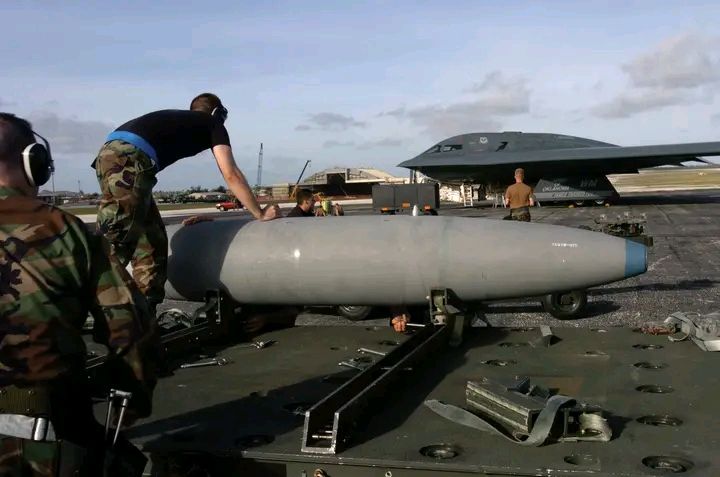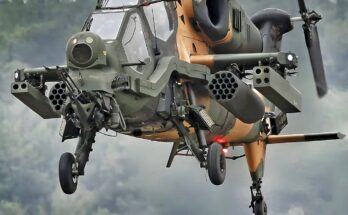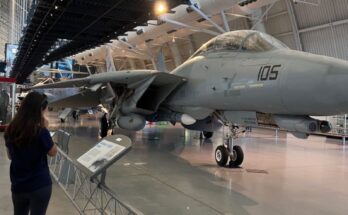
Aircraft bombs are explosive weapons designed to be carried and released by airplanes. Since their first use in the early 20th century, they have played a central role in modern warfare, shaping tactics, strategy, and even the design of military aircraft themselves. Unlike artillery or ground-based weapons, aircraft bombs deliver destructive force from the air, allowing militaries to strike targets far behind enemy lines.
The earliest use of aircraft bombs occurred during World War I. At that time, airplanes were a new invention, initially used only for reconnaissance. Soon, pilots began dropping small, hand-thrown explosives over enemy trenches and supply lines. These crude methods evolved into purpose-built bombs with aerodynamic casings, fuzes, and fins for stability. By the end of the war, the concept of aerial bombing had firmly taken root.
World War II marked the most significant period of development for aircraft bombs. Bombs ranged in size from small, 50-pound devices to massive “blockbusters” weighing several tons. Strategic bombing campaigns targeted cities, factories, and transportation networks in an attempt to cripple enemy industry and morale. The German Luftwaffe’s use of bombs during the Blitz, and the Allied bombing of cities such as Dresden, illustrate how air power became central to modern conflict. By 1945, bombs had advanced to include specialized designs such as incendiary bombs, armor-piercing bombs, and even early guided weapons.
The Cold War era pushed bomb technology even further. Nuclear bombs, carried by strategic bombers such as the B-52, represented the ultimate destructive capability. Conventional bombs also improved. Precision-guided munitions, sometimes called “smart bombs,” were introduced during the Vietnam War. These used laser or television guidance to hit specific targets with far greater accuracy than unguided, or “dumb,” bombs. This shift reduced the need for mass bombing campaigns, as fewer bombs were required to achieve the same results.
Modern aircraft bombs are highly versatile. They can be tailored to suit different missions, from destroying bunkers to minimizing collateral damage in urban areas. The U.S. Joint Direct Attack Munition (JDAM), for example, is a guidance kit that converts unguided bombs into GPS-guided weapons. This modular approach allows militaries to adapt standard bombs to modern targeting systems. Cluster bombs, fuel-air explosives, and penetrating bombs designed to destroy underground facilities are also part of the contemporary arsenal.
Despite their effectiveness, aircraft bombs are controversial. Civilian casualties from bombing campaigns have raised ethical and legal debates for decades. International treaties attempt to regulate certain types, such as cluster munitions, due to their long-lasting dangers. Military planners must weigh the tactical advantage of airstrikes against humanitarian concerns and political consequences.
Today, aircraft bombs remain a cornerstone of military power. They combine destructive capability with the flexibility of air delivery, allowing nations to project force rapidly and decisively. At the same time, advancements in technology continue to refine their precision and reduce unintended damage. From the crude hand-dropped devices of World War I to today’s GPS-guided bombs, the evolution of aircraft bombs reflects both the ingenuity of engineers and the enduring impact of air power on global conflict.


